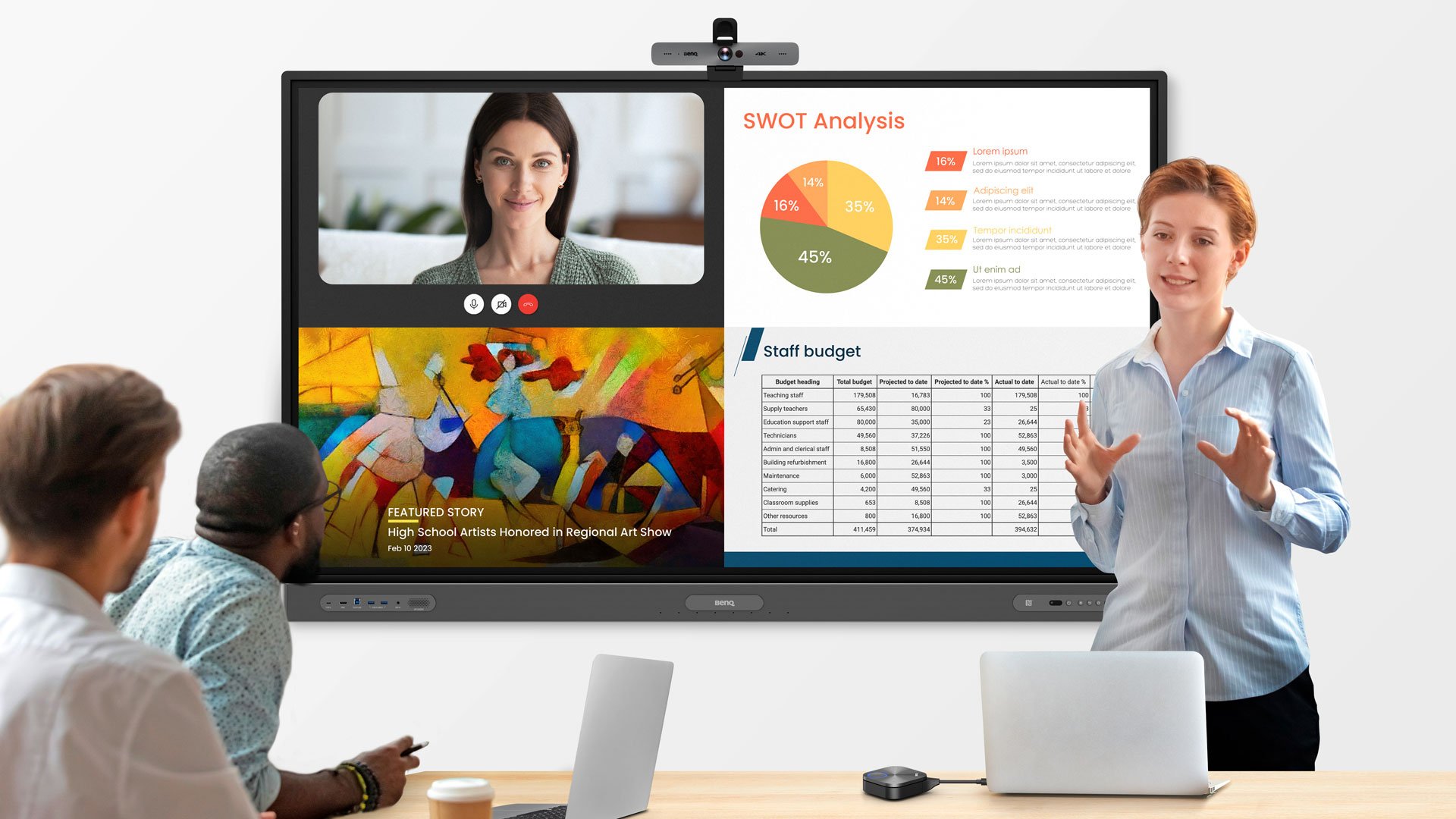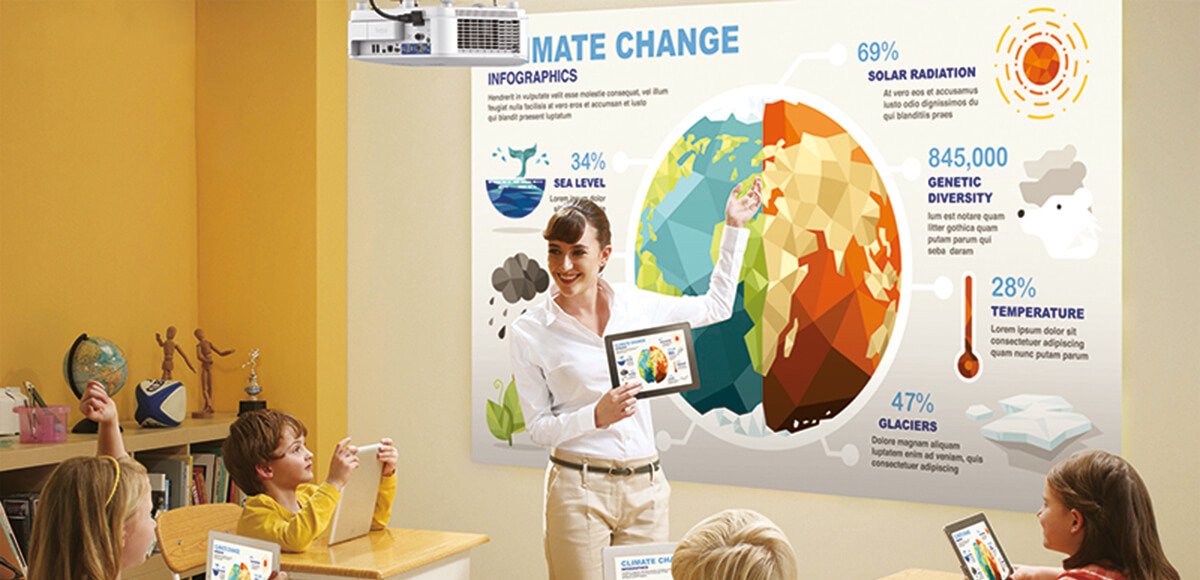The ability to face an audience and present on various topics for a length of time, while maintaining confidence and composure, is considered a must-have life skill. Fears of public speaking rank as among the most intimidating for many people, but overcoming them and mastering the art is often described as a rite of passage.


Experts and people in general agree that public speaking confers many benefits. It builds character, instills confidence, helps organise thoughts, and teaches us to stick to a schedule and to communicate complex ideas as we express ourselves. Addressing an audience is a widely applicable skill that helps us in almost every field - whether academic or professional - and so it’s important for your students to become good at it.
But glossophobia, or the fear of speaking in public, is a real thing. It takes a lot of confidence to face dozens or more people, especially for youngsters who are still developing their sense of self-awareness and personality. The key is to not avoid public speaking just because it’s scary. Facing fear is certainly applicable here, with experts recommending gradual, progressive acclimation through exposure over time. For students this works very well due to the amenable nature of younger minds.
Beyond coaching students on subject matters and vocabulary, there’s a lot you can do as a teacher to help them acquire public speaking skills that will serve them well for a lifetime.
Promote a Positive Classroom Culture
Encourage your students to find ideas and topics that interest them, so that speaking about them publicly will be easier due to proficiency and genuine curiosity. Don’t dismiss any idea out of hand or allow other students to make fun of it. If a topic isn’t appropriate, explain why clearly. Likewise, encourage discourse among students and explore the possibility of having pairs of kids presenting together. This is an excellent way to boost confidence, as two presenters provide each other an instant morale stimulus.
As Resilient Educator puts it, positive classrooms have a supportive, non-threatening atmosphere where students feel free to put ideas forth without fear of reprisal or mockery. With speaking up and thinking encouraged, doing so in front of an audience is far less scary than when addressing a group in an environment that’s intimidating to begin with.
Encourage Group Presentations
We touched on joint presentations briefly above, but we’d like to focus on them a little more. The biggest issue with public speaking is the “all eyes on me” effect, which instinctively makes us defensive and very self-conscious. That’s just biology and evolution, as none of us like to feel on the spot or exposed. Pairing students in a presentation immediately knocks that fear down many notches. And a group presentation is even easier. While not a substitute for solo presentations, which need to be taught, shared presentations work wonders as part of the acclimation we mentioned.
Furthermore, shared or group presentations encourage collaborative skill building. Students prepare the presentation together and learn how to assign tasks, as each covers part of the agenda. Time management skills are even more important when there are several presenters, but crucially, students learn first-hand the value of social support and having each other’s back. And who knows, perhaps new friendships may emerge from such a project. As a teacher, we believe you should encourage group presentations, and use them as a very helpful stepping stone on the path to public speaking fluency.
Let Students Take Advantage of New Technology
Your students are digital natives, so to speak, and working with familiar devices and platforms may help take the edge off nervousness. If you ask them to face an audience with nothing but sheets of paper, that may compound their anxiety. Instead, remember that public speaking isn’t just about knowing the topic and enunciating words. Sure, clarity and proficiency count, but engagement rules the day. The most important thing is to keep audiences interested. So, give your presenters a helping hand and let them use tools, such as smart projectors and interactive flat panels, to showcase their presentations in a way that’s immediately more attractive to them and their audience.
This is also an excellent opportunity to help them train with tools such as PowerPoint, which they’ll invariably use in the future as college students and later working professionals. PowerPoint’s been around at least since 1987, and is excellent for classroom presentations. Students can combine text, video, audio, and animations to make presentations a lot more compelling than just plain speaking. With smart projectors and interactive boards, it’s easy to mirror content from smartphones and tablets to a large display, or use cloud storage to run presentations directly from the internet. Clear, impressive, and fully connected with all the apps you need for presentations built in, these tools provide platforms for interesting and engaging presentations and help students to not just present better, but feel more at home and confident through technology they’re familiar with.







